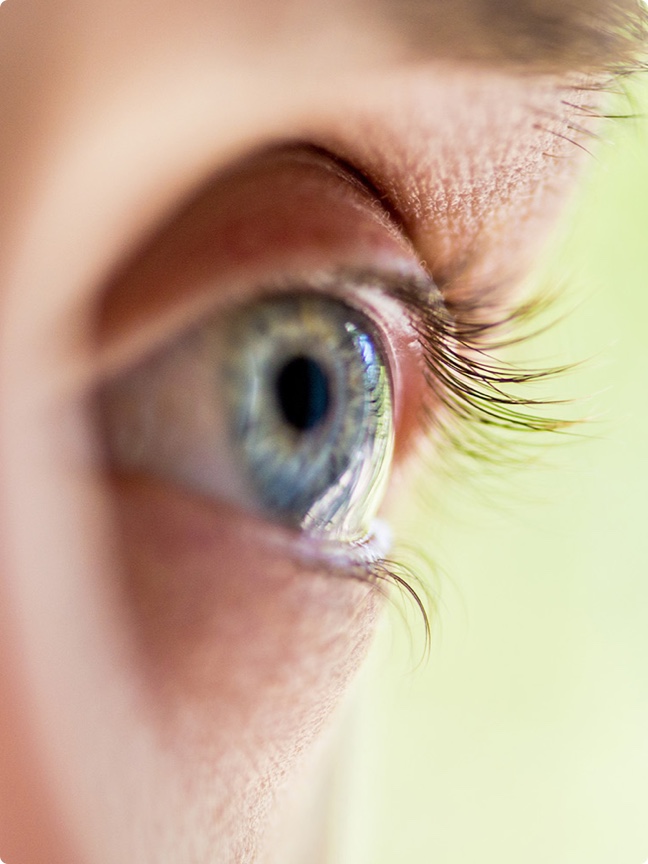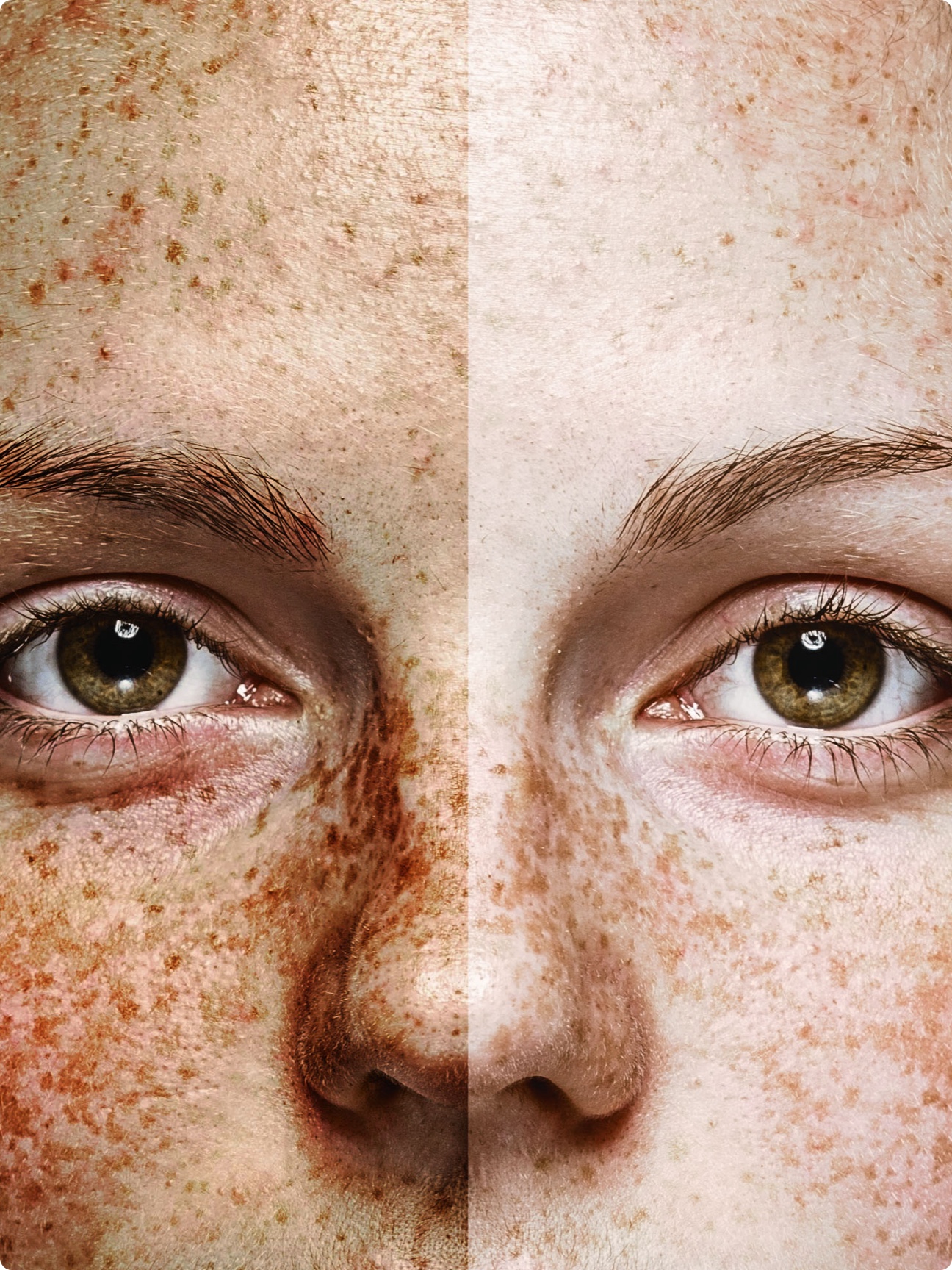

Rheumatic and musculoskeletal diseases comprise more than 200 different painful conditions of the locomotor system, mostly affecting the joints, but also other tissues as well as internal organs. They are usually caused by problems of the immune system and inflammation or gradual deterioration of the locomotor system. Common symptoms are pain, swelling, and stiffness often in conjunction with joint or bone destruction, disability and loss of working capacity. Some of these diseases arise suddenly and are short-lived, but many of them are long term and worsen over time. Rheumatic and musculoskeletal conditions are the leading contributor to disability worldwide. Other patient consequences include impaired quality of life, reduction of physical function and often premature mortality.
Source: EULAR and WHO
Osteoarthritis is the single most common cause of disability in older adults. Osteoarthritis (OA) is a long-term chronic disease characterized by the deterioration of cartilage in joints which results in bones rubbing together and creating stiffness, pain and impaired movement. The disease most commonly affects the joints in the knees, hands, feet and spine and is relatively common in shoulder and hip joints. While OA is related to ageing, it is also associated with a variety of risk factors, such as obesity, lack of exercise, occupational injury and trauma. Through various strategies spanning from physical therapy to medical devices, from drugs to surgery, the treatment of OA aims to relieve pain and improve quality of life.
Source: WHO
Tendons connect muscles to bones, enabling movement while resisting to significant amounts of tension. However, because of chronic overuse or strenuous activities, tendons can be damaged, leading to tendinopathies characterized by tendon pain and impaired performance. While tendinopathy can occur in any tendon, it’s most common around shoulders, elbows, wrists, knees and heels. Tendinopathies particularly affect active population, both athletes and non-athletes. Tendinopathies may take up to several months to heal, causing important limitations in patients’ daily lives and occupational activities. Rest and conservative or interventional medical therapy can improve the outlook.
Osteoporosis is a condition where bones lose their density, becoming more porous, thin and fragile. Several factors can increase the risk of osteoporosis — including old age, lifestyle choices, medical conditions and treatments. Women especially are most at risk because the hormonal changes after menopause negatively affect the bones. Osteoporosis is often a “silent disease”, until the patients suffer from fractures caused by minor or non-traumatic events. Fractures that are most often associated with osteoporosis are at the spine, hip and wrist. Such fragility fractures cause pain, disability and make everyday activities extremely difficult, causing loss of patient independence. The prevention and treatment of osteoporosis and its complications include lifestyle changes as well as medical therapy.





